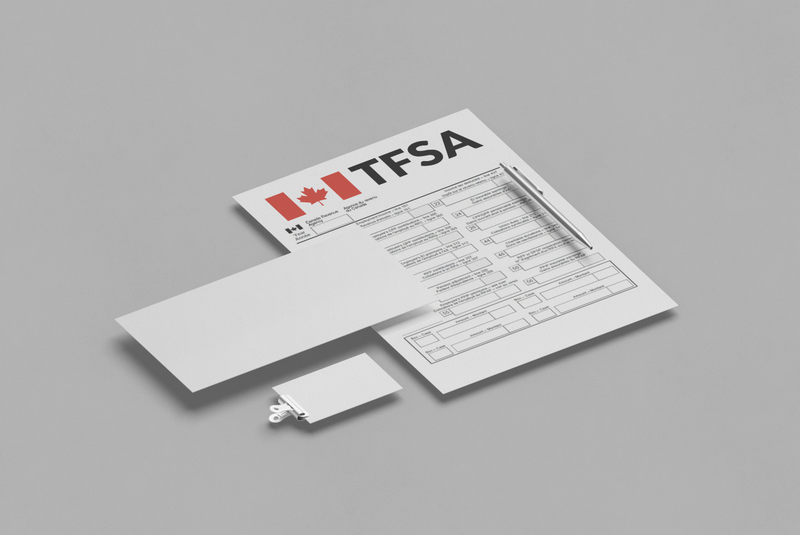

Have you been considering opening a Tax-Free Savings Account (TFSA) to strengthen your retirement plan? Perhaps you are considering opening a TFSA but are not quite sure how it could be used to complement your existing RRSP.
Every individual has a different wealth management strategy and retirement goals, so you should speak to a financial advisor to determine if a TFSA is right for you. Below is a helpful guide to determine if a TFSA would make sense for your wealth management strategy.
TFSA Basics
The TFSA was first introduced in Canada in 2009 in the aftermath of the 2008 global economic crisis and has grown in popularity since then. The contribution limits in 2020 and 2021 remain at $6,000, plus any rollover from previous years, meaning that if you do not make the maximum allowable contribution in any particular year, that amount rolls into the total amount you can contribute in the future.1
Allowable cumulative contributions increase slightly each year, and in 2021, assuming that you were 18 or older in 2009, and have never contributed to a TFSA, you can make a lump sum contribution of $75,500. Be aware that over contributions are subject to a 1% tax for each month that your TFSA is over the contribution limit.2
Like RRSPs, TFSAs are registered accounts, which means that financial firms must register with the CRA for the accounts to be taxed correctly. The CRA will track all contributions and withdrawals of both RRSPs and TFSAs. Also, like RRSPs, TFSAs can hold Canadian stocks, U.S. stocks, international stocks, mutual funds, bonds, GICs, cash, and ETFs.3
Taxes And Timing
One of the most important things you should consider when deciding whether a TFSA is right for you is your tax strategy. Contributions to a TFSA are made using after-tax dollars. This means that with TFSA accounts, there are no further tax consequences on interest, Canadian dividends, capital gains, or capital losses. However, non-Canadian dividends are subject to withholding tax on behalf of the U.S. Internal Revenue Service (IRS). This includes U.S. mutual funds or exchange traded funds (ETFs). It can even include Canadian mutual funds and ETFs that hold U.S. equities.4
A significant advantage of TFSA accounts is that you can withdraw money at any time without penalty. You can also deposit that amount back into the account during a different calendar year, along with your normal contribution.5
TFSA Flexibility
As you have probably gathered by now, the “savings account” part of a TFSA is a bit misleading because TFSAs are actually investment accounts, in which you can invest in certain types of financial assets. They are designed to encourage Canadians to save for a major purchase, like a home, or to save for retirement. Since all contributions are made after-tax, your TFSA can grow tax-free and you won’t be penalized for withdrawing your investment. Keep in mind, unlike RRSPs, your contributions are not tax-deductible.
Are TFSAs Right For You?
TFSAs can offer a tax-advantaged investment tool for Canadians who are looking to save for the future. Feel free to reach out if you think that you could benefit from a TFSA, or if you have any questions regarding an existing TFSA. As always, please feel free to share this article with anyone who may find it helpful.
Comments are closed.
